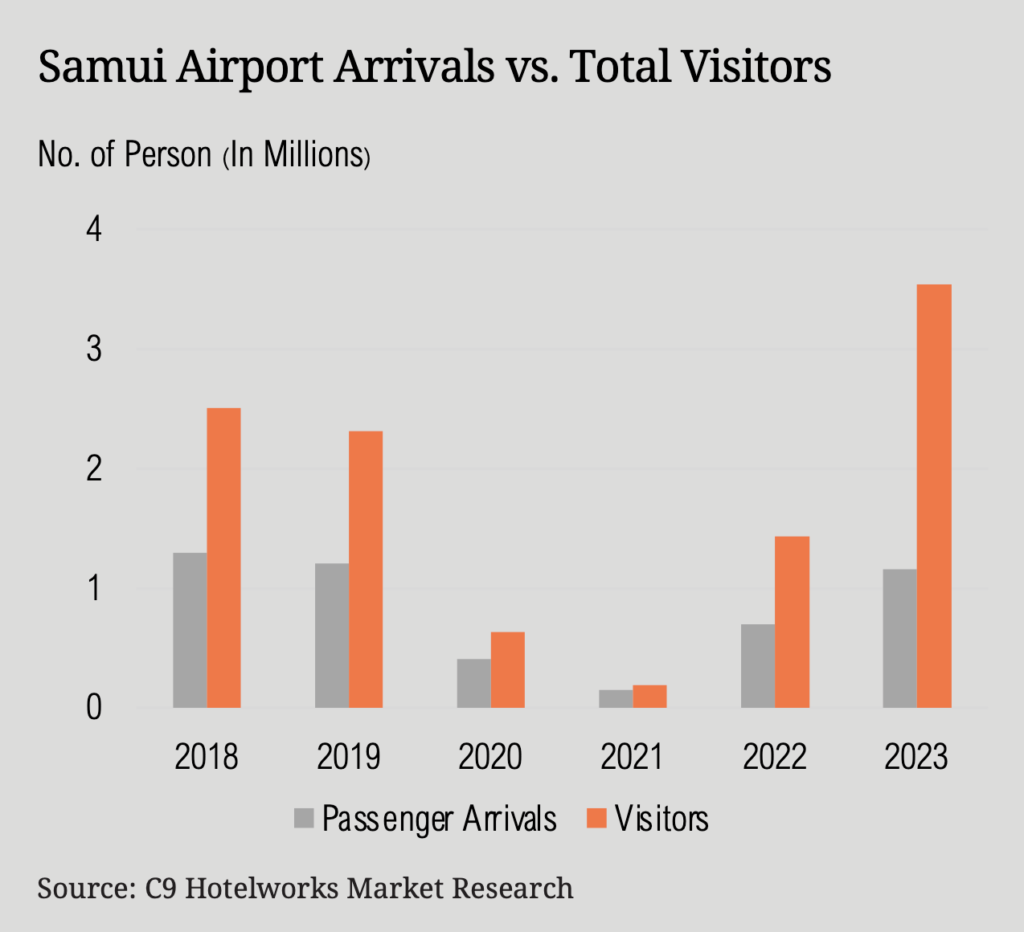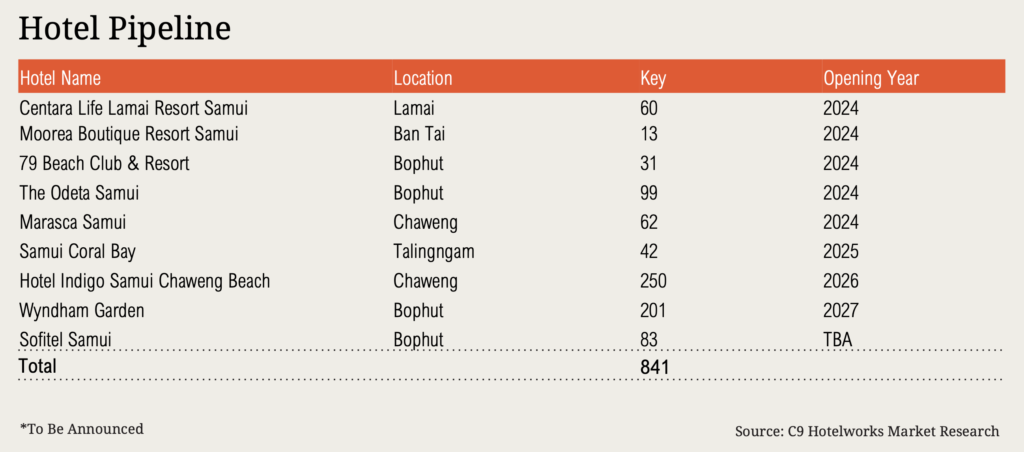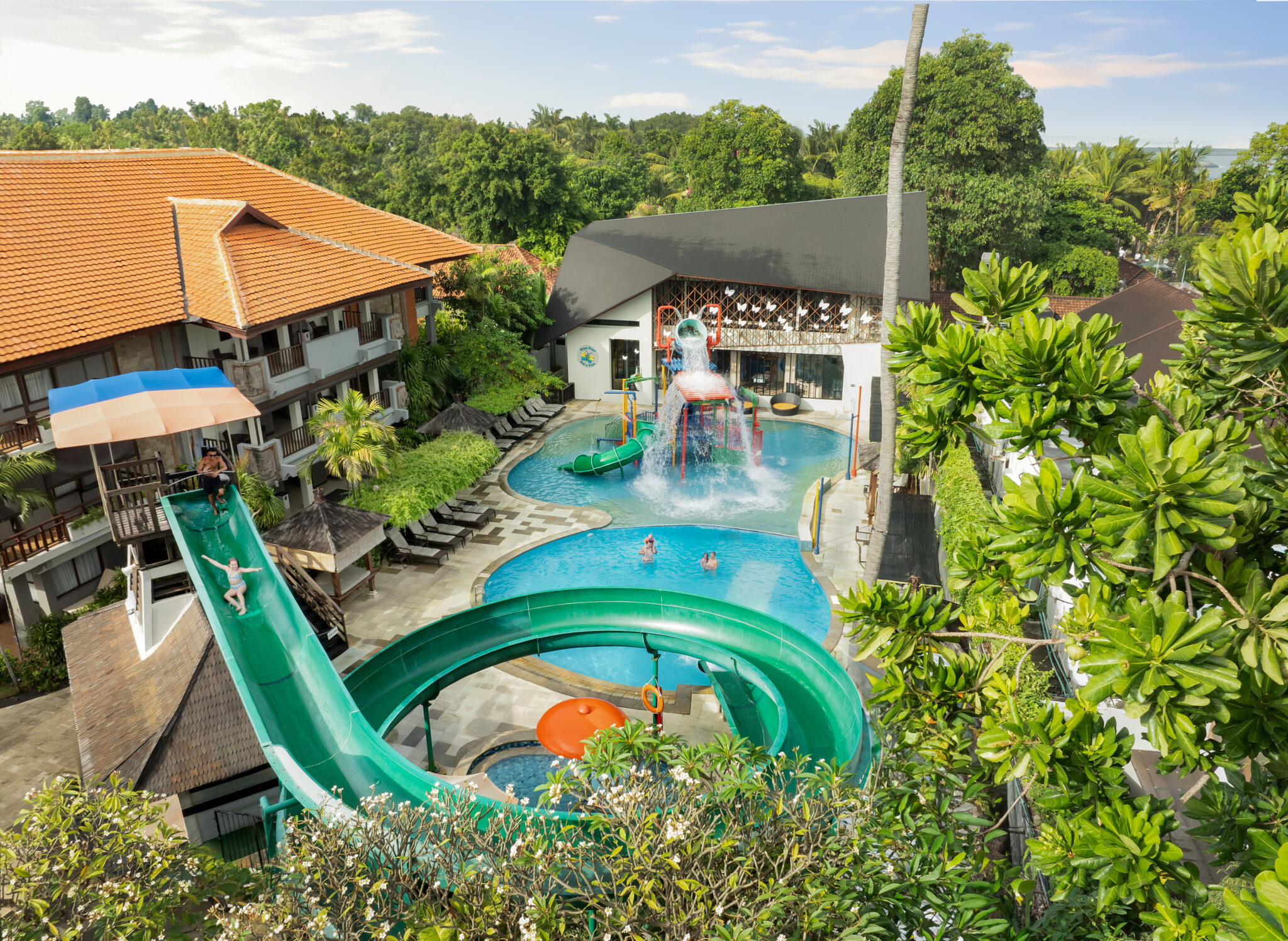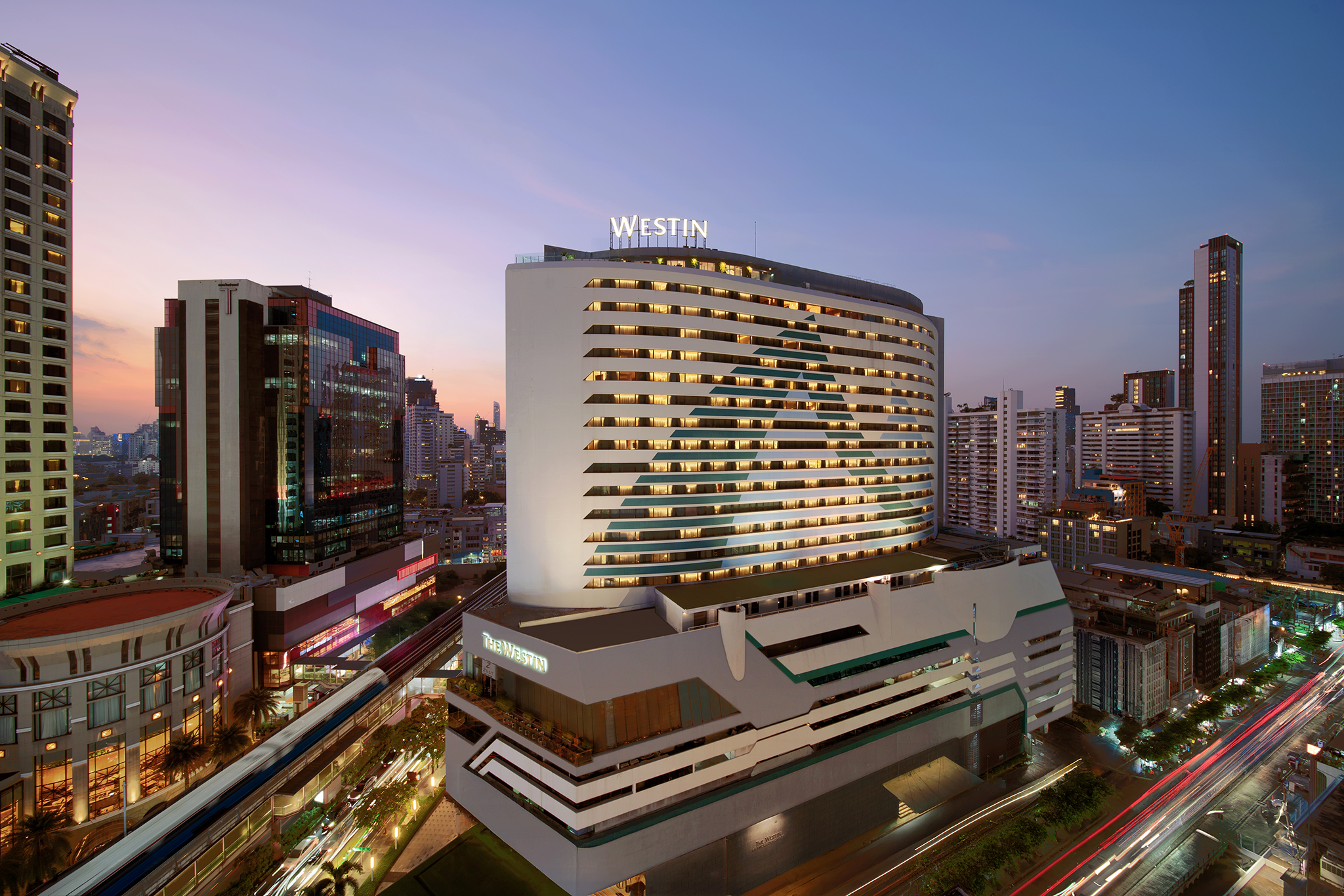Koh Samui, Thailand’s renowned resort island, is experiencing a significant tourism boom, marking a remarkable 69% year-on-year increase in visitor numbers during the first four months of 2024. This surge comes despite a lag in demand from the Chinese market, prompting local hotels to diversify their target demographics and adapt to new trading conditions.

In 2023, Koh Samui welcomed 3,541,821 visitors, with an even split between domestic and international travelers. This shift from the pre-COVID era, which was dominated by foreign tourists, highlights a changing landscape. The gap between airport arrivals and registered tourist accommodations suggests a notable number of visitors opted for ferry travel from the mainland, underscoring the island’s multifaceted transportation profile.

Domestic tourism has played a pivotal role in this recovery, with registered hotel guests exceeding 2019 figures by 1.5 times, according to C9 Hotelworks’ latest Samui Hotel & Tourism Market Review. While airport passenger arrivals reached 94% of pre-pandemic levels, totaling 1,208,364, the influx of local tourists has been crucial.
On the international front, the decline in Chinese travelers, who once formed a significant market segment, now accounts for less than 4% of visitors. This gap has been filled by increased arrivals from Europe, the United States, and a resurgent Israeli market, resulting in longer average stays.

Historically, Samui’s tourism was shaped by its limited accessibility and reliance on Bangkok Airways, leading to higher travel costs compared to other regional destinations. However, this exclusivity attracted high-spending tourists, benefiting hotel operators and maintaining the island’s status as a premium beach resort.
Future growth looks promising with plans for airport expansion and a new cruise terminal. These developments, coupled with the entry of Scoot Airlines from Singapore and new regional routes, are set to boost visitor numbers. The island’s Q1 2024 hotel RevPAR has already surpassed 2023 figures, hinting at a potential five-year high.
Koh Samui’s hotel supply has grown steadily, with 630 establishments and 24,107 rooms recorded by 2023. Most new developments are boutique hotels in the northern region, particularly in Bophut, with branded properties constituting 69% of the pipeline.

Seasonal visitor numbers vary, peaking 1.5 to 2 times higher during high seasons. Foreign tourists typically arrive in winter and summer, while domestic tourism peaks in August, with smaller surges in February and April during the Lunar New Year and Songkran festivals.
The Thai government aims to position Koh Samui as a premier luxury destination, with plans to develop a cruise terminal to attract affluent tourists. This project is expected to be funded through a public-private partnership (PPP).
In summary, Koh Samui is distinguishing itself from other Thai resorts by focusing on luxury tourism. With strategic developments and a unique market position, 2024 is poised to be a transformative year for this island paradise.








